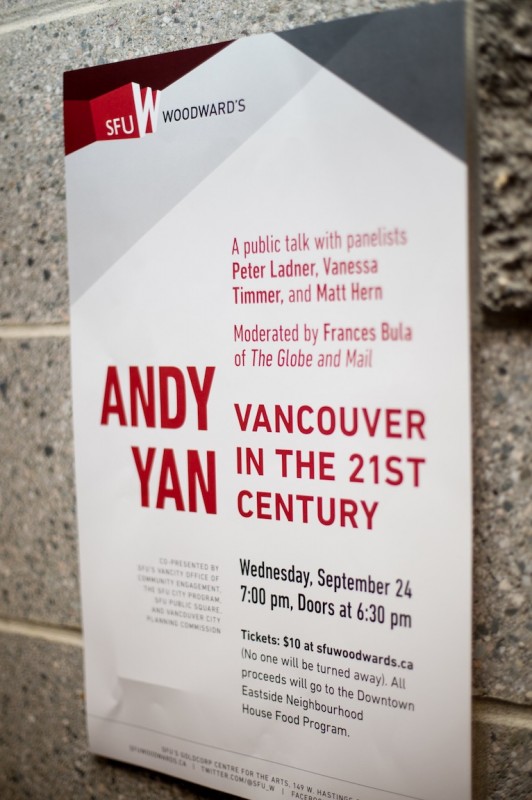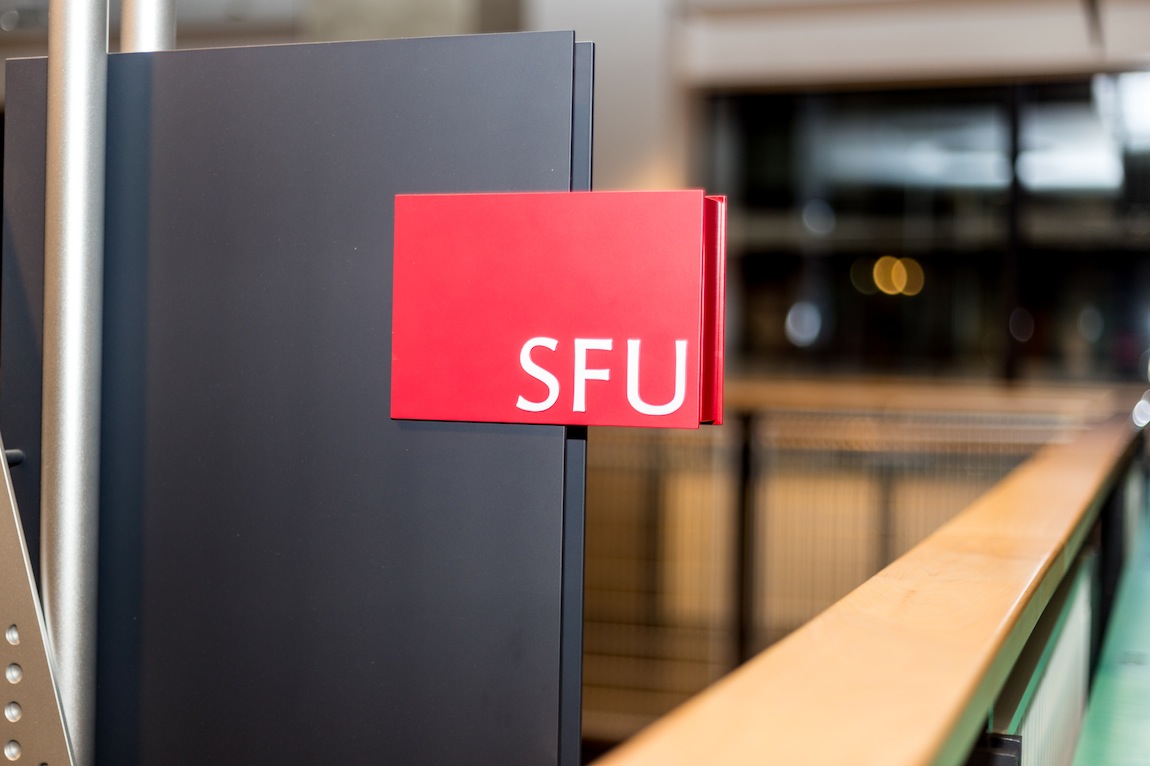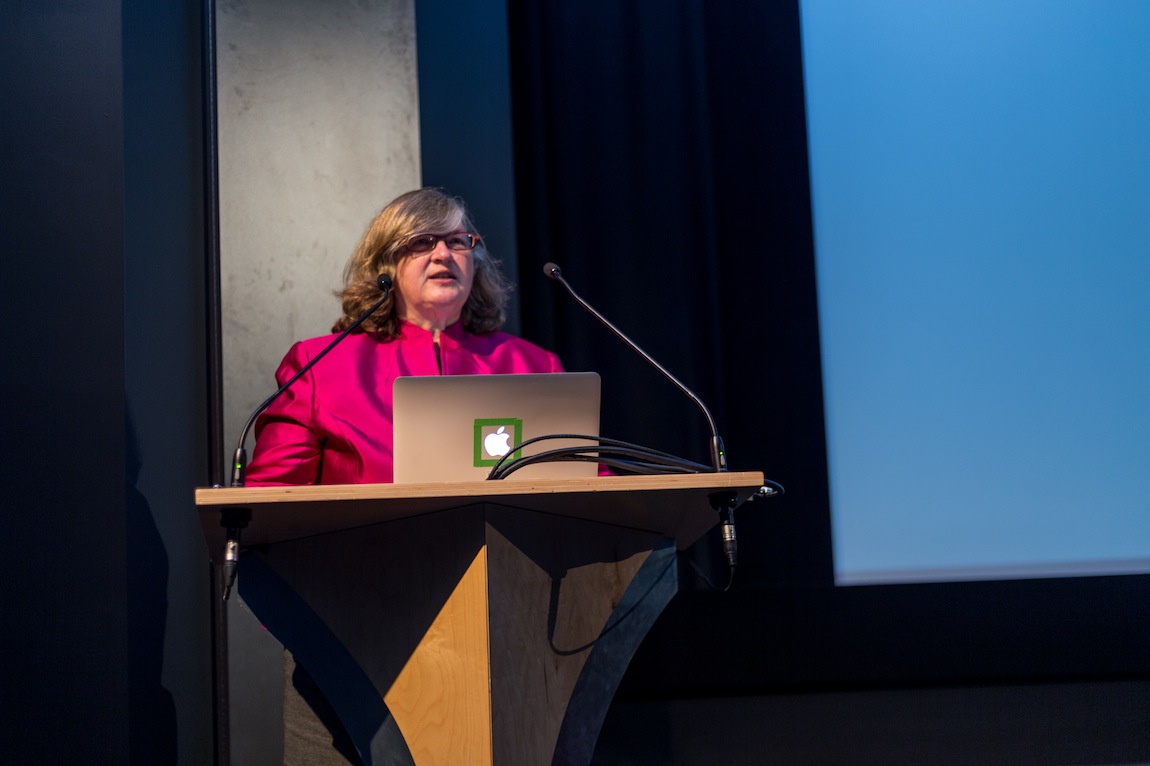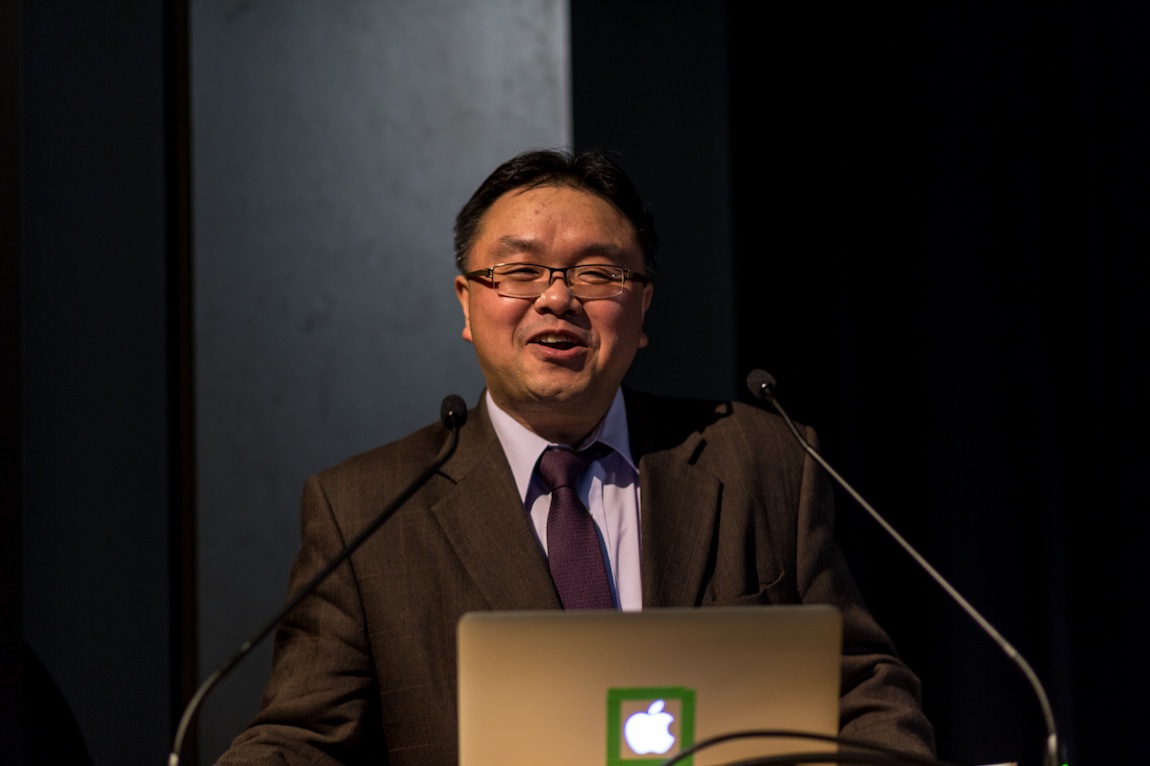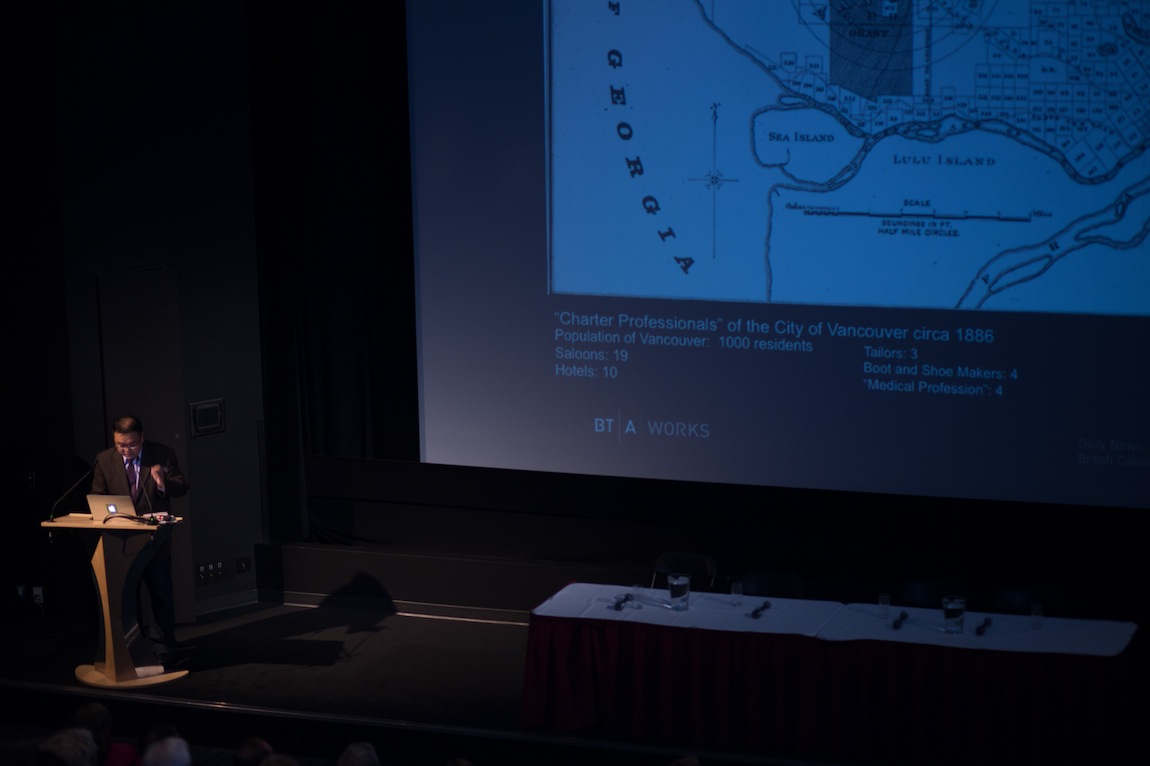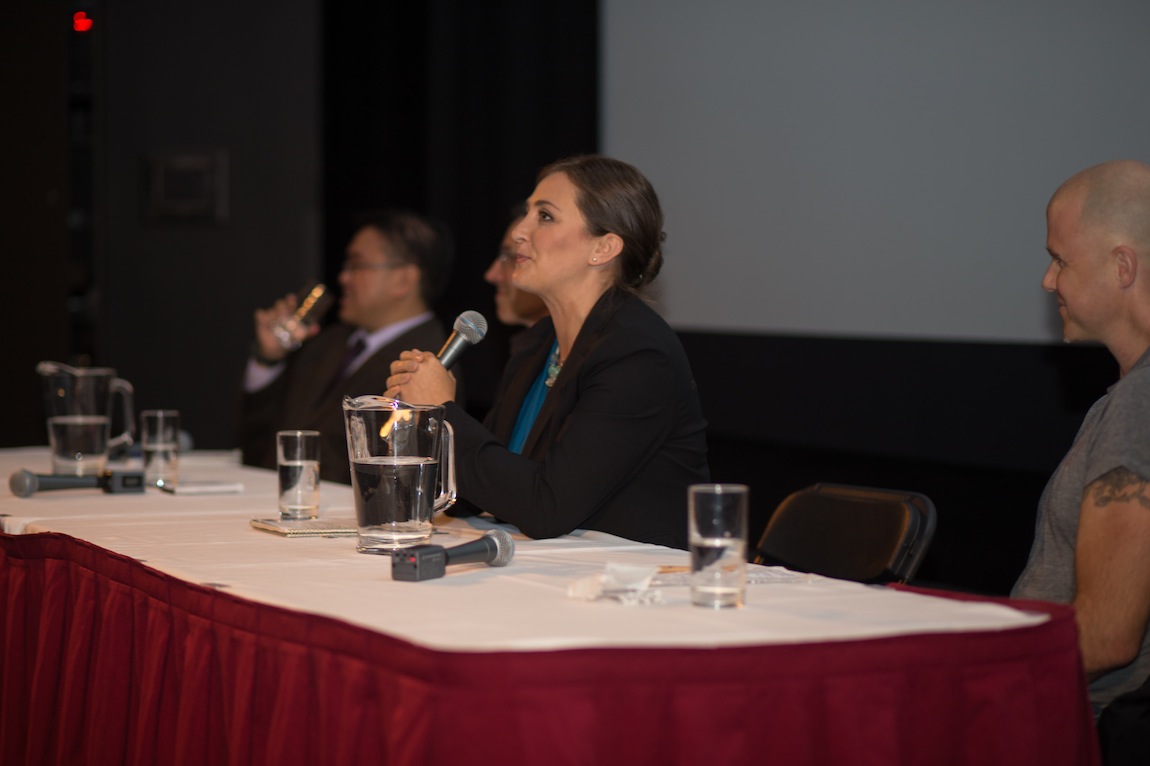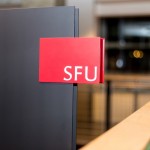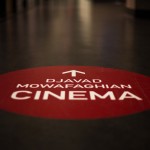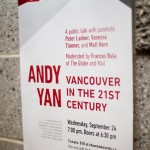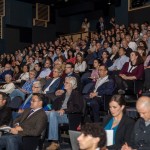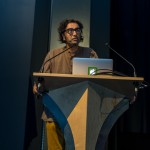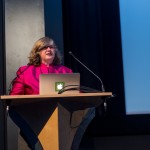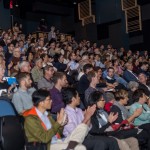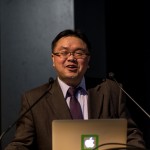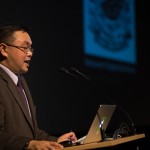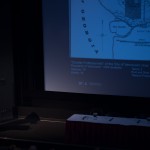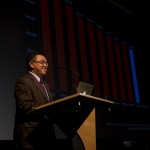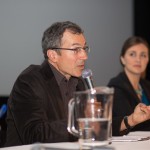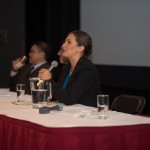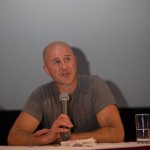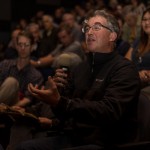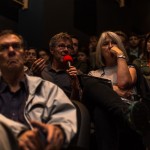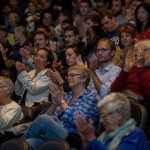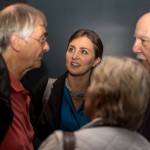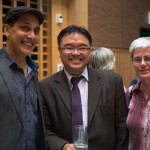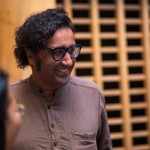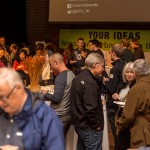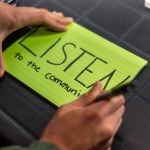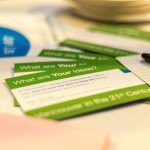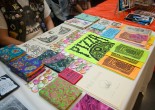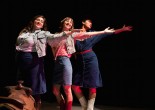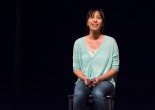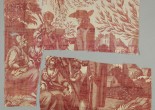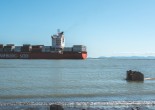Retro Vancouver
How Our City Needs to Progress in the 21st Century
Written by Justin Ramsey
Photography by Harley Spade
For much of Vancouver’s history, the Downtown Eastside was the economic hub of the city. Rooted amidst the bustle of boutiques, hotels, and parlours was the Woodward’s department store, a six-storey shopping mecca that drew Vancouverites from all over the city.
This version of the Downtown Eastside would be unrecognisable to us now. Early indicators of its ghettoization could perhaps be traced to the notorious Pigeon Park, which had been a haunt for alcoholics and drug addicts since the 1960s; the reduction of the Riverview Hospital mental facility, which left many former patients without treatment or shelter; and an escalation in real estate prices preceding World Expo ’86. Symptomatic of all this, of course, was the bankruptcy and closure of the Woodward’s department store in the early 1990s, at which time the Downtown Eastside had already transformed considerably.
It is both ironic and fitting, then, that the repurposed site of the former Woodward’s building should be the venue for “Vancouver in the 21st Century,” a talk with Andy Yan on the future of Vancouver, sponsored by SFU’s Vancity Office of Community Engagement and the Vancouver City Planning Commission. In 2010, Simon Fraser University opened its new campus for the School of the Contemporary Arts at 149 West Hastings. Officially named Goldcorp Centre for the Arts, the school is colloquially—and maybe more affectionately—known as SFU Woodward’s. Alongside being a university, SFU Woodward’s is instating itself as a cultural hub in its own right; an admirable mix of artists, professionals, and intellectuals are continually invited through the SFU Woodward’s Cultural Unit to host events throughout the year, many of which are free to the public. Tonight’s lecture is one such initiative, although there is a suggested $10 dollar door fee, with all proceeds donated to the Downtown Eastside Neighbourhood House Food Program.
Sitting in the dim Djavad Mowafaghian Cinema, I cannot help but wonder what my surroundings would have looked like fifty years ago—and, consequentially, what they’ll look like fifty years from now. Regardless, the 350-seat auditorium is filling up. It is very much laid out like a movie theatre—there is a main seating area, flanked by narrower rows against the walls—and its layout accentuates the demographics. Many senior Vancouverites are sitting front and centre, in the lower half of the middle section; behind them are middle-aged adults, and beyond them are couples, presumably in their thirties. Any younger spectators in their mid-twenties are clustered at the peripheries. As one would expect, there are no children or teenagers at the talk; it’s unfortunate, given the accessibility and incredible relevance of this information to that generation.
By the time the moderator, Globe and Mail civic affairs journalist Frances Bula, opens with her introductory remarks, the event has drawn nearly a full house. And these remarks render the audience demographics lucidly clear. “It’s great to see so many familiar faces here,” she exclaims. “I feel like I’m at an angry city council public hearing!” The comment is met with a rumble of hearty laughter, and on one hand, it is wonderful to know that there are engaged citizens who are actively concerned with Vancouver’s welfare; yet, on the other hand, it is disheartening that these speakers are sharing crucial information with those already knowledgeable. I think it might have been even better if Bula had recognized nobody in the crowd.
Bula observes that Vancouver is in a time of anxiety. The growth and optimism that had carried the city from Expo ’86 to the 2010 Winter Olympics has subsided; and the recent recessions on a global scale have alerted people to issues of economic inequity and unfairness that pervade their everyday lives. But while these shifts in our city may move imperceptibly slow for some—or vertiginously fast for others—Andy Yan is committed to keeping abreast the trends and changes as they occur.
Yan takes the stage, looking affable in an unpretentious pair of jeans with his blazer and tie. But, as a senior urban planner with Bing Thom Architects, an adjunct professor at the University of British Columbia, and a board member with the Downtown Eastside Neighbourhood House and the David Suzuki Foundation’s Climate Council, his authority in his field is undeniable. Throughout his presentation, Yan draws on data from censuses, Statistics Canada, and the City of Vancouver’s Open Data catalogue in order to illustrate the situations facing most Vancouverites: that annual household income in Vancouver compared to other Canadian cities is more on par with Halifax than with Calgary or Toronto; meanwhile, Vancouver has a surplus of educated people, with a third of Vancouverites holding at least a Bachelor’s degree. Although the average income for Master’s degree recipients in Canada is $56,000, in Vancouver the median income is $48,000—a revelation that draws murmurs from the audience.
Despite that Vancouver trails in median household income, real estate prices constantly skyrocket—a process that Yan argues is driven from the very top. In a study of downtown Vancouver condominiums, he found that the majority were investor-owned or non-owner occupied. Among single family homes, only about 15 percent own their houses. “We found in the 2001 census that about 46 percent of renters are paying more than 30 percent of their income toward rent,” Yan explains, “and I think that is very different from what the rest of the Canadian nation faces in major cities.”
Alongside maintaining up-to-date facts and figures, Yan is also something of an historian, consulting old city fonds at the Vancouver Archives as well as directories from the Vancouver Public Library. And much of what he has gleaned from these sources—many of which date back to the 1800s—is very telling. Even then, realtors were looking to attract investors from abroad; and indeed, Vancouver was advertised as “London of the Pacific” due to being a much shorter trade route to many major Pacific cities, including Melbourne, Hong Kong, and Yokohama. “The idea of Vancouver as a crossroads to the world, to where Asia and the Atlantic met, was set in 1887,” Yan affirms. “And it’s from this perspective that we see a continuity of this from 2011… Only 35 percent of the population in the city of Vancouver was actually born in British Columbia.”
Yan’s talk implicitly concerns the future of Vancouver, but it is deeply rooted in the past and present; he likens the development of a city to nurse logs, fallen trees that provide the sustenance for new saplings to sprout from. Just as well, too; an urban planner must rely on existing facts and past outcomes, rather than pure speculation, when thinking about how to improve their city.
Nevertheless, speculation has its own crucial role to play, as evidenced by Vanessa Timmer, an associate of the Sustainability Science Program at Harvard and the co-founder and executive director of One Earth, a non-profit think tank aimed at fostering sustainability and equitability in cities. Timmer is one of the speakers on the discussion panel following Yan’s presentation, which also includes Matt Hern, an author, lecturer, and prominent Eastside activist who founded Car Free Day in Vancouver; and Peter Ladner, a former City of Vancouver councillor, as well as the founder of and contributor to Business in Vancouver.
For Timmer, allowing natural ecosystems to inspire our urban economic systems, connecting issues of ownership with civic engagement through public commons, and fostering art and creativity in order to help us imagine alternative, sustainable futures are the three essential nurse logs for tomorrow’s Vancouver. “[We’re] working with the arts to create lived, embodied experiences of what life in sustainable futures might feel like, working with designers, animators, filmmakers, storytellers,” Timmer expounds. “Let’s have an explosion of imagination about what the future might look like.”
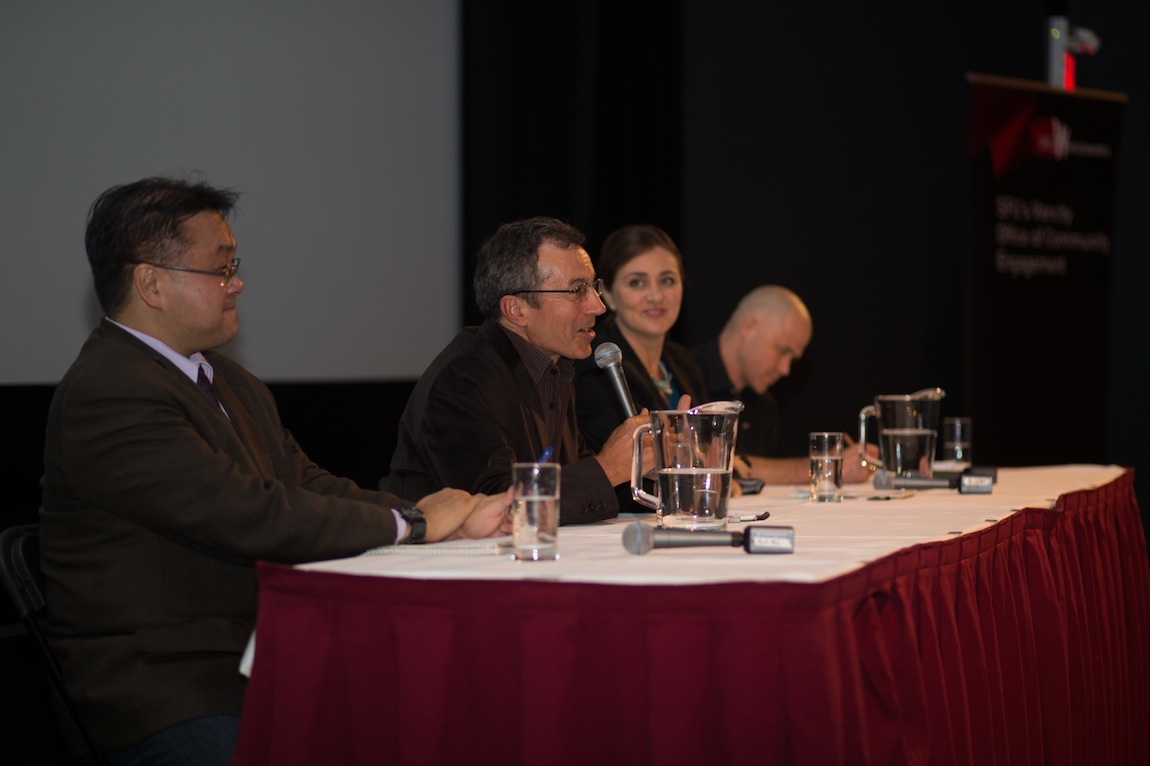
“Vancouver in the 21st Century” panelists (L-R) Andy Yan, Peter Ladner, Vanessa Timmer, Matt Hern @ SFU W. Photo by Harley Spade
Cultural institutions and arts organisations are mentioned briefly in Yan’s presentation, where he notes that this vibrant social infrastructure is highly clustered around East Vancouver. From personal experience, I have noticed how everything from long-standing artist-run centres, such as Western Front, VIVO Media Arts Centre, and Centre A to major commercial galleries, including Winsor Gallery, Monte Clark Gallery, and Equinox Gallery are largely located east of Main. Curious about how this concentration might affect the cultural identity of Vancouver as a city, I catch up with Yan after the panel discussion.
“That slide is actually the beginning of our larger study,” Yan answers. “We’re actually looking at the cultural facilities—what they are, where they are—but what kind of real estate they’re in. That study should be forthcoming.” Though this explanation leaves one wanting at present, it could be very illuminating—and problematic—if real estate prices are not only proving to be a barrier to the expansion of art centres into other neighbourhoods, but are also making it challenging for these organizations to remain where they are.
Timmer suggests that we should allow artists to assist with city planning, rather than allowing city planning to dictate where art may flourish. “Art is about identity,” she elaborates afterward. “It’s about belonging, it’s about senses of community. And also, in this time where we’re seeking these solutions about where we want to go, the arts are absolutely the heart of that journey. They give us an authentic voice around critiquing what might not be working in society.”
This perspective dialogues quite effectively with Yan’s basis in history and statistics. While comprehending formative trends, tribulations, and changes is imperative when planning for Vancouver’s future, it is equally vital to have a vision that we want to aspire towards. Yan’s future studies alongside Timmer’s “Disruptive Imaginings” project will hopefully provide critical insight into the importance of local, cultural identity in city development.
The Vancouver City Planning Commission, a volunteer advisory committee appointed by City Council, invites people to share their ideas regarding Vancouver’s future. They welcome interested citizens to email vcpc21@vancouver.ca or tweet their ideas @VCPCbc #VAN21.
Event link
sfu.ca/sfuwoodwards/events/events1/2014-2015-fall/andy-yan–vancouver-in-the-21st-century
Video link
sfu.ca/csvan/clients/sfu_woodwards/2014-09-24_VOCE_Yan_Vancouver_21st_Century_13389
Photo gallery of Vancouver in the 21st Century by Harley Spade
-
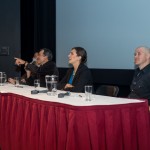
-
“Vancouver in the 21st Century” panelists (L-R) Andy Yan, Peter Ladner, Vanessa Timmer, Matt Hern @ SFU W. Photo by Harley Spade
-
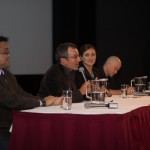
-
“Vancouver in the 21st Century” panelists (L-R) Andy Yan, Peter Ladner, Vanessa Timmer, Matt Hern @ SFU W. Photo by Harley Spade
-
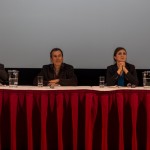
-
“Vancouver in the 21st Century” panelists (L-R) Andy Yan, Peter Ladner, Vanessa Timmer, Matt Hern @ SFU W. Photo by Harley Spade
-

- “Vancouver in the 21st Century” panelists (L-R) Andy Yan, Peter Ladner, Vanessa Timmer, Matt Hern @ SFU W. Photo by Harley Spade
-

- “Vancouver in the 21st Century” panelists (L-R) Andy Yan, Peter Ladner, Vanessa Timmer, Matt Hern @ SFU W. Photo by Harley Spade
-

- “Vancouver in the 21st Century” panelists (L-R) Andy Yan, Peter Ladner, Vanessa Timmer, Matt Hern @ SFU W. Photo by Harley Spade
Justin Ramsey holds a Masters in Comparative Media Arts from Simon Fraser University. He works as an arts administrator with various institutions including Presentation House Gallery, North Vancouver, and Republic Gallery, Vancouver. As a freelance writer, Justin has contributed to several publications and platforms, including MONTECRISTO Magazine and NUVO Magazine.

